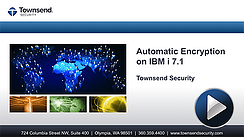
View this webinar to learn how easy automatic encryption with FIELDPROC is on your IBM i.
Click Here to View Now
|
Simplify your encryption project. Encrypting data easily, automatically and securely on the IBM i is possible using the new encryption capabilities with V7R1 and AES/400. I recently sat down with Patrick Townsend, Founder and CEO of Townsend Security to ask, what are the five things customers need to know to help their organization automatically encrypt sensitive data on IBM i V7R1 with AES/400? For even more information on automatic encryption on the IBM i, view our webcast below!
1.What is FIELDPROC?
In release V7R1 of the IBM i operating system IBM enabled it’s customers to implement automatic encryption using a new column-level API called FIELDPROC. FIELDPOC is an exit point that sits at the column level of the database and enable IBM i users to implement encryption and decryption without making any changes to their application source code.
2. We’re at V7R1, now what?
Upgrading your operating system is a start, however, IBM doesn’t provide the actual exit point software IBM i shops need to automatically encrypt and decrypt data - third party vendors and customers must do this. Townsend Security’s AES/400 solution enables organizations to implement automatic encryption.
AES/400 and the FIELDPROC exit point in V7R1 give companies to easily encrypt sensistive data. We call it automatic encryption, because it is the easiest, fastest and most secure way to encrypt data on the IBM i.
3. What types of data can be encrypted?
IBM i database applications use a variety of fields to store sensitive information. Encrypt fields that store data such as credit card numbers, SSN, birth dates, address, account numbers and other PII instantly without impacting applications.
Alliance AES/400 FIELDPROC support will protect any of the above mentioned fields without changing your database or your business applications. There is no need to reformat your database, or expand field sizes.
While most IBM i customers will use FIELDPROC encryption with legacy RPG and COBOL applications, FIELDPROC support also works with SQL applications, and Alliance AES/400 supports both program models concurrently. Your ILE and OPM applications will work well with FIELDPROC data protection. You do not have to have the source code for your application to implement Alliance AES/400.
4. Are there any security risks with automatic encryption using FIELDPROC?
Native IBM i object or user authorities will not protect encrypted data. Automatic encryption and decryption works for all users and applications. Administrators cannot rely on native IBM i object or user authorities to control access to protected data, additional controls and policies must be put in place.
Data masking simplifies access control for security administrators. It allows administrators to define which users and applications should have access to data and exclude users or applications that should not. Security administrators can define users who should have access to the data, and define a default policy that masks the data for others
5. Will automatic encryption impact performance?
The IBM FIELDPROC exit point works by calling the exit program for each database insert, read, or update. The exit point program is also called on certain query and file positioning operations. The right encryption solution can help minimize impact to system performance. Alliance AES/400 FIELDPROC support has been optimized for performance. The Alliance AES/400 encryption APIs are capable of encrypting 1 million credit card numbers in less than one CPU second. They are highly optimized for performance, and perform up to 100 times faster than equivalent IBM APIs on the IBM i platform. These same Alliance AES APIs are used for FIELDPROC encryption.
For more information on automatic encryption using FIELDPROC on the IBM i, view our webcast.

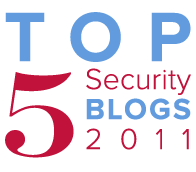 At Townsend, we have a lot of conversations with customers and prospects about data privacy, compliance requirements and best practices for IT security in general. We have written numerous articles on these topics and posted them on our blog. As the end of 2011 quickly approaches, we thought it would be worthwhile to list out our most read articles of the year.
At Townsend, we have a lot of conversations with customers and prospects about data privacy, compliance requirements and best practices for IT security in general. We have written numerous articles on these topics and posted them on our blog. As the end of 2011 quickly approaches, we thought it would be worthwhile to list out our most read articles of the year. 


 In just one more day, we'll experience another first at Townsend Security, we will be exhibiting for the first time at the PASS Summit. The Professional Association for SQL Server (PASS) Summit is the largest conference of the year for SQL Server professionals. Earlier this year we joined the Microsoft Partner Program and earned a competency in Business Intelligence, we visited the Worldwide Partner Conference and just a couple of months ago we launched our new HSM for SQL Server. I guess you could say exhibiting at the PASS Summit is the next logical next step for us.
In just one more day, we'll experience another first at Townsend Security, we will be exhibiting for the first time at the PASS Summit. The Professional Association for SQL Server (PASS) Summit is the largest conference of the year for SQL Server professionals. Earlier this year we joined the Microsoft Partner Program and earned a competency in Business Intelligence, we visited the Worldwide Partner Conference and just a couple of months ago we launched our new HSM for SQL Server. I guess you could say exhibiting at the PASS Summit is the next logical next step for us.


 Earlier this month we announced that we became a silver level business intelligence partner with Microsoft. This new alliance will help us with the launch of our encryption key management solution for Microsoft SQL Server 2008, later this quarter. We just returned from Microsoft’s Worldwide Partner Conference where we met with several different partners about this opportunity. We talked with many companies who had similar interests in compliance and data protection, it was a great introduction into a new community that is very important to us.
Earlier this month we announced that we became a silver level business intelligence partner with Microsoft. This new alliance will help us with the launch of our encryption key management solution for Microsoft SQL Server 2008, later this quarter. We just returned from Microsoft’s Worldwide Partner Conference where we met with several different partners about this opportunity. We talked with many companies who had similar interests in compliance and data protection, it was a great introduction into a new community that is very important to us.


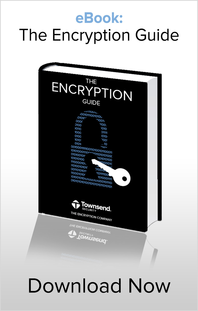
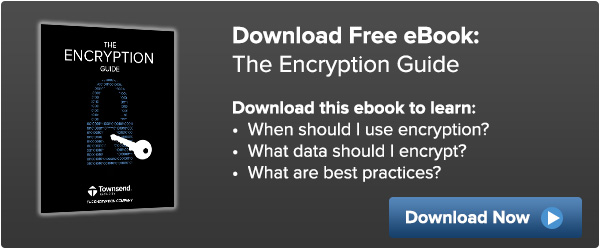
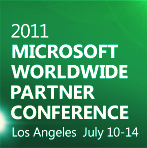 Townsend Security is heading to LA in July to attend
Townsend Security is heading to LA in July to attend 


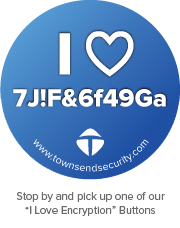 It’s almost here, that time of year when IBM System i (AS/400, iSeries) customers gather as a community to learn and collaborate about what is new with the platform. It's almost time for
It’s almost here, that time of year when IBM System i (AS/400, iSeries) customers gather as a community to learn and collaborate about what is new with the platform. It's almost time for 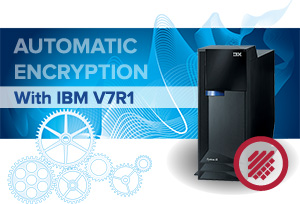 Your Encryption Project Just Get Easier!!
Your Encryption Project Just Get Easier!!